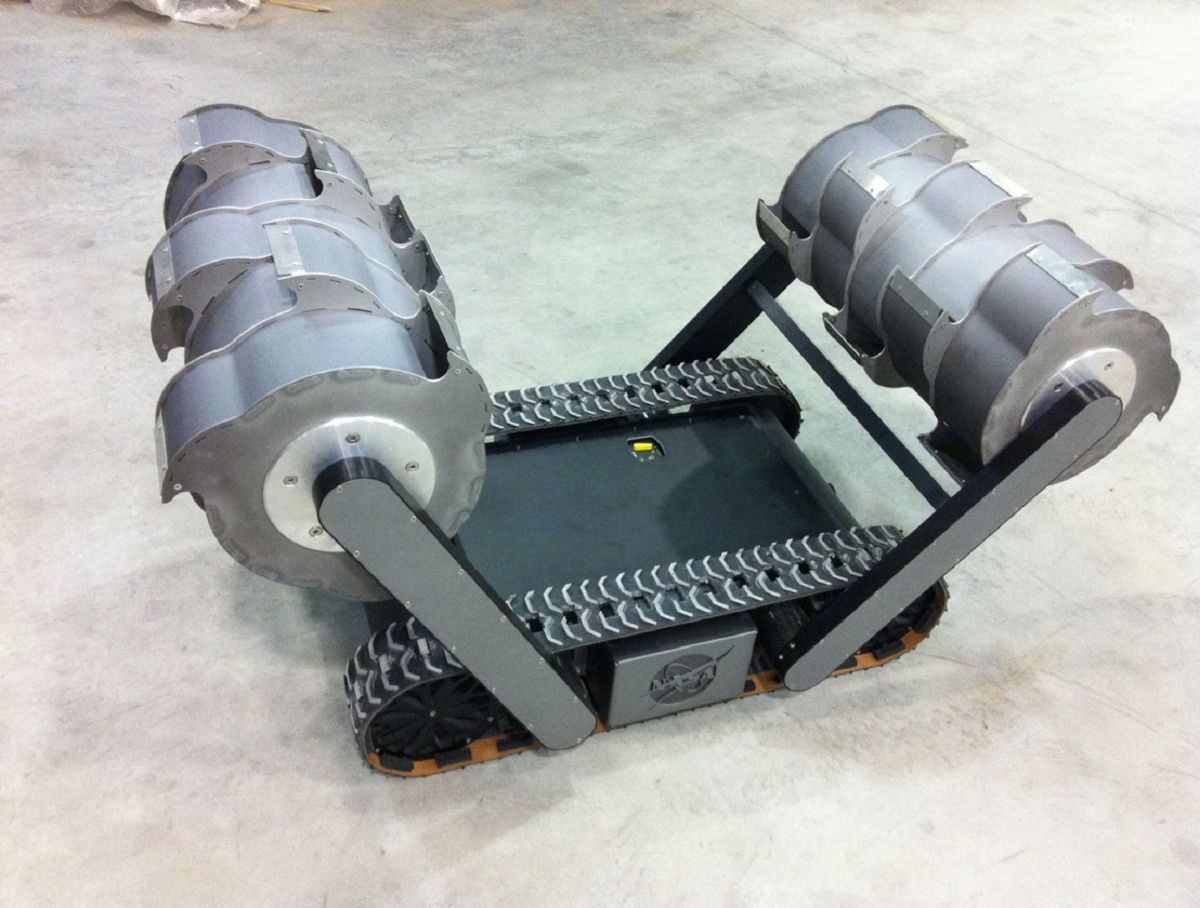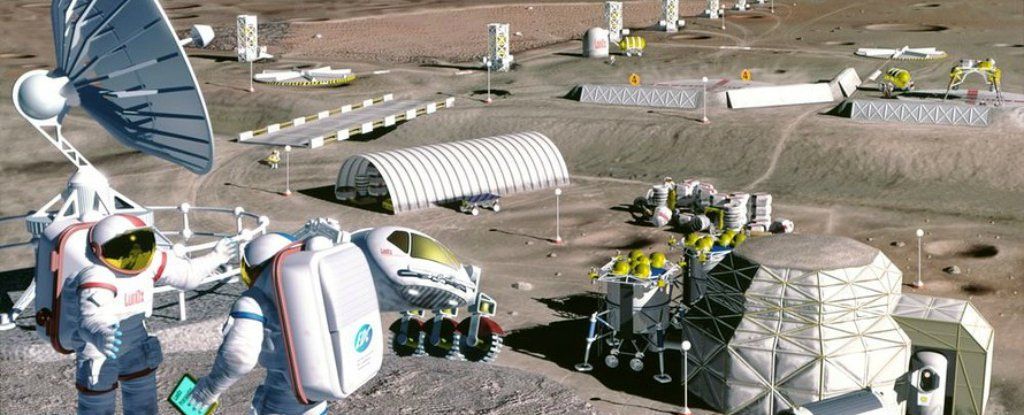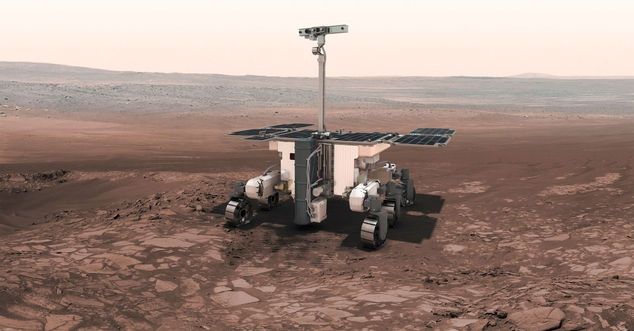Archive for the ‘space travel’ category: Page 488
Mar 24, 2016
China Likely To Beat NASA Back To The Moon
Posted by Bruce Dorminey in category: space travel
Chinese taikonauts will likely beat NASA astronauts back to the lunar surface in as little as five to ten years, longtime lunar scientist and geologist Paul Spudis now tells me. If so, that will happen primarily by default, as the lunar surface continues to drop off NASA’s crewed destination radar.
Of course, that doesn’t preclude Russia, the European Space Agency (ESA), or numerous commercial space ventures — who have all expressed a desire to return astronauts to the lunar surface — from getting there sooner. But for now, Spudis thinks the Chinese are most likely to next make it happen.
Spudis, author of the forthcoming, “The Value of the Moon: How to Explore, Live, and Prosper in Space Using the Moon’s Resources,” emphasizes that he does not object to a “Chinese presence” on the lunar surface. Rather, he objects to the U.S.’ long absence from the lunar surface and what he sees as “our abdication” of responsibility in creating a permanent American presence in cislunar space — the space between the Earth and the Moon. Such a presence, he argues, would guarantee unhindered access to both space commerce and resources available beyond low-Earth orbit (LEO).
Continue reading “China Likely To Beat NASA Back To The Moon” »
Mar 24, 2016
Rocket Lab plans to begin launches mid-year
Posted by Andreas Matt in category: space travel

Rocket Lab now plans to begin launches of its Electron vehicle in the middle of this year after completing qualification tests of its main engine.
Mar 23, 2016
Project Greenglow and the battle with gravity
Posted by Andreas Matt in category: space travel
Scientists are debating whether it’s possible to harness the power of gravity for interstellar space travel.
Mar 23, 2016
EmDrive: NASA Eagleworks confirms paper on controversial space propulsion is under peer review
Posted by Andreas Matt in categories: biotech/medical, space travel
NASA Eagleworks engineer Paul March asks EmDrive fans to be patient as a paper is now being peer-reviewed.
The night before the Space Shuttle Challenger was due to lift off, on January 27, 1986, Bob Ebeling tried to talk his boss out of approving the launch. Ebeling was an engineer for a NASA contractor, one of five who worried that the rocket boosters’ “o-rings” might turn brittle in the overnight cold, and that leaking fuel could lead to an explosion. Ebeling’s supervisor refused to stop the launch, and the shuttle exploded the next day, killing 7 astronauts, including a school teacher. A Presidential Commission would later vindicate Ebeling and his colleagues.
Over at NPR, Howard Berkes has written a moving remembrance of Ebeling, who was wracked by guilt for decades. The morning of the launch, Ebeling drove to work to watch the event from a company conference room. He was accompanied by his daughter:
“He said, ‘The Challenger’s going to blow up. Everyone’s going to die,’” [she recalled.] “And he was beating his fist on the dashboard. He was frantic.”
Mar 22, 2016
NASA scientists say we could colonise the Moon by 2022… for just $10 billion
Posted by Shailesh Prasad in category: space travel
A lot of focus over the past 12 months has been on NASA’s journey to Mars. But a group of space experts, including leading NASA scientists, has now produced a special journal edition that details how we could establish a human colony on the Moon in the next seven years — all for US$10 billion.
Although that’s pretty awesome, the goal isn’t really the Moon itself — from an exploratory point of view, most scientists have bigger targets in sight. But the lessons we’ll learn and the technology we’ll develop building a human base outside of Earth will eventually be the key to colonising Mars, and other planets, according to the experts.
“My interest is not the Moon. To me the Moon is as dull as a ball of concrete,” NASA astrobiologist Chris McKay, who edited the special, open-access issue of New Space journal, told Sarah Fecht over at Popular Science. “But we’re not going to have a research base on Mars until we can learn how to do it on the Moon first. The Moon provides a blueprint to Mars.”
Continue reading “NASA scientists say we could colonise the Moon by 2022… for just $10 billion” »
Mar 21, 2016
NASA is in the process of getting another peer reviewed EMDrive paper published
Posted by Klaus Baldauf in categories: materials, space travel
Paul March also endorsed the technical information and insights of forum member Rodal on the topic of EMdrive. Rodal indicates the differences in dielectric materials and other nuances of interpreting the known results.
A radio frequency (RF) resonant cavity thruster is a proposed new type of electromagnetic thruster. Unlike conventional electromagnetic thrusters, a resonant cavity thruster would use no reaction mass, and emit no directional radiation.
A few variations on such thrusters have been proposed. Aerospace engineer Roger Shawyer designed the EmDrive in 2001, and has persistently promoted the idea since then through his company, Satellite Propulsion Research.
Continue reading “NASA is in the process of getting another peer reviewed EMDrive paper published” »
Mar 18, 2016
Antimatter to ion drives: NASA’s plans for deep space propulsion
Posted by Klaus Baldauf in category: space travel
Mar 16, 2016
ExoMars 2016 phones home on way to Mars
Posted by Karen Hurst in category: space travel
“There is a political meaning and objective to this mission: working together beyond national borders, beyond crises on Earth”, he told Bloomberg, adding, “We use a Russian launcher, with American contribution and it’s a European mission”.
The ESA’s ExoMars 2016 mission — carrying two Electra UHF, or ultra- high frequency, radios — launched from Kazakhstan and is expected to arrive at Mars in seven months.
This is a series of missions that’s trying to address one of the fundamental questions in science: is there life anywhere else besides the Earth? ExoMars is a two-phase mission, with the second phase to be launched in 2018.
Continue reading “ExoMars 2016 phones home on way to Mars” »

















